WWII Serb victims commemorated in Croatia
A commemoration and a liturgy were held Sunday in the Croatian village of Banski Grabovac for 1,285 Serb civilians who were killed by Ustasha in World War II.
Sunday, 22.07.2012.
15:11

PETRINJA A commemoration and a liturgy were held Sunday in the Croatian village of Banski Grabovac for 1,285 Serb civilians who were killed by Ustasha in World War II. The massacre took place in late July 1941. WWII Serb victims commemorated in Croatia After the service, wreaths were laid and representatives of the Serbian community, anti-fascist organizations, local and state officials addressed the participants. Serbian Ambassador to Croatia Stanimir Vukicevic also attended the commemoration. “It is unacceptable that events such as the massacre in Banski Grabovac, forming of a camp in Jadovno or the recent anniversary of the uprising in Srb are only marked by the victims or participants of the events,” former Croatian President and Anti-Fascist Association Honorary President Stjepan Mesic said. He stressed that such events needed to be marked and that he would not allow that the Constitution, which says that Croatia was based on anti-fascism, be changed. “Europe benevolently looks at revitalization of Nazism and nationalism and equalization of Nazism and communism, but Croatia, even though it is joining the EU, will not allow it,” Mesic pointed out. He added that the rightist parties and organizations and the Catholic Church were forming a far-right front against the truth, stressing that the church had never condemned the crimes of the Ustasha and Nazis but that it was always ready to warn against nonexistent danger of communism. Serbian National Council (SNV) President Milorad Pupovac stressed that Croatian textbooks were still full of lies. The first big clash between the Ustasha and anti-fascists in Croatia took place in Banski Grabovac. 42 anti-fascists attacked the municipal building and a train station in the night between July 23 and 24, seized more than 50 rifles and retreated from the village. Ustasha gathered all Serbs from the surrounding villages from July 24 until July 26 and took a total of 1,285 of them to Banski Grabovac where they brutally killed them. Even though some claim that the massacre was Ustasha’s retaliation, experts say it was a part of an elaborate plan to commit genocide against the Serbs. (Tanjug) Tanjug
WWII Serb victims commemorated in Croatia
After the service, wreaths were laid and representatives of the Serbian community, anti-fascist organizations, local and state officials addressed the participants.Serbian Ambassador to Croatia Stanimir Vukićević also attended the commemoration.
“It is unacceptable that events such as the massacre in Banski Grabovac, forming of a camp in Jadovno or the recent anniversary of the uprising in Srb are only marked by the victims or participants of the events,” former Croatian President and Anti-Fascist Association Honorary President Stjepan Mesić said.
He stressed that such events needed to be marked and that he would not allow that the Constitution, which says that Croatia was based on anti-fascism, be changed.
“Europe benevolently looks at revitalization of Nazism and nationalism and equalization of Nazism and communism, but Croatia, even though it is joining the EU, will not allow it,” Mesić pointed out.
He added that the rightist parties and organizations and the Catholic Church were forming a far-right front against the truth, stressing that the church had never condemned the crimes of the Ustasha and Nazis but that it was always ready to warn against nonexistent danger of communism.
Serbian National Council (SNV) President Milorad Pupovac stressed that Croatian textbooks were still full of lies.
The first big clash between the Ustasha and anti-fascists in Croatia took place in Banski Grabovac. 42 anti-fascists attacked the municipal building and a train station in the night between July 23 and 24, seized more than 50 rifles and retreated from the village.
Ustasha gathered all Serbs from the surrounding villages from July 24 until July 26 and took a total of 1,285 of them to Banski Grabovac where they brutally killed them.
Even though some claim that the massacre was Ustasha’s retaliation, experts say it was a part of an elaborate plan to commit genocide against the Serbs.


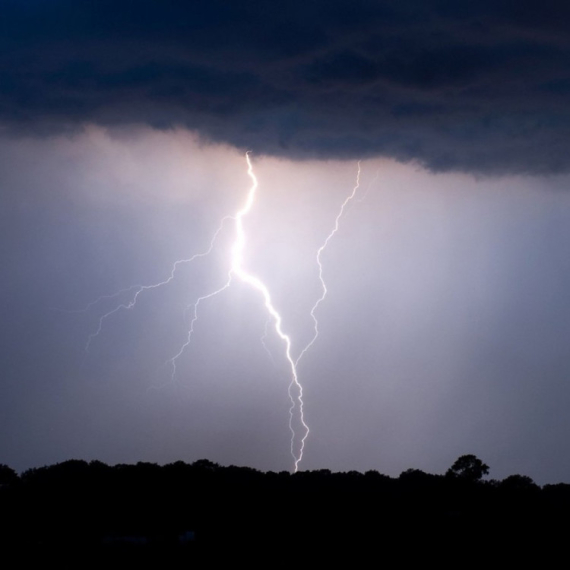
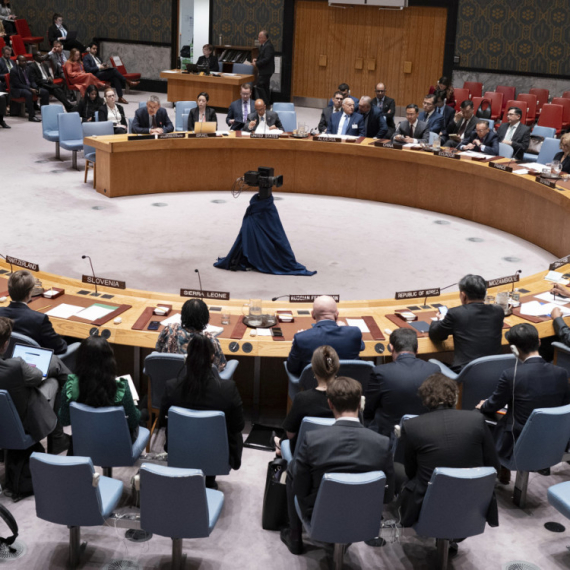

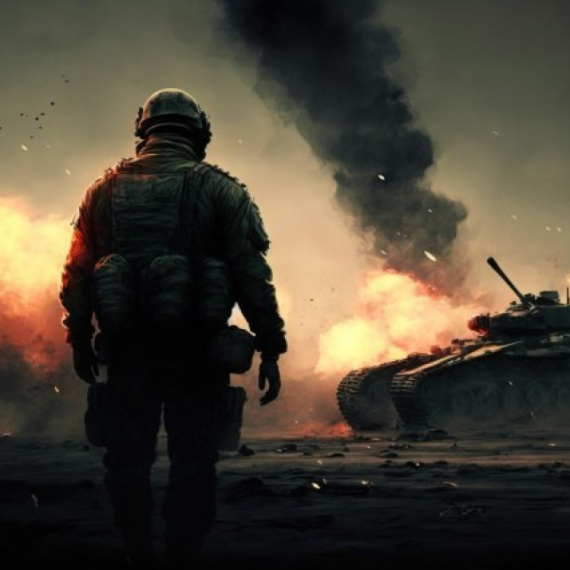




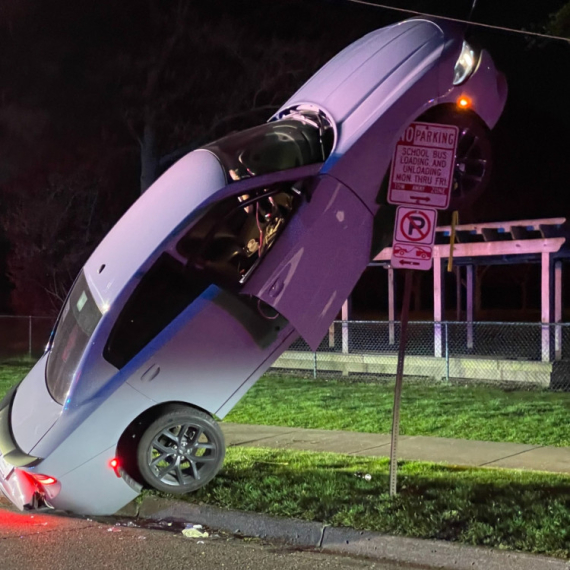
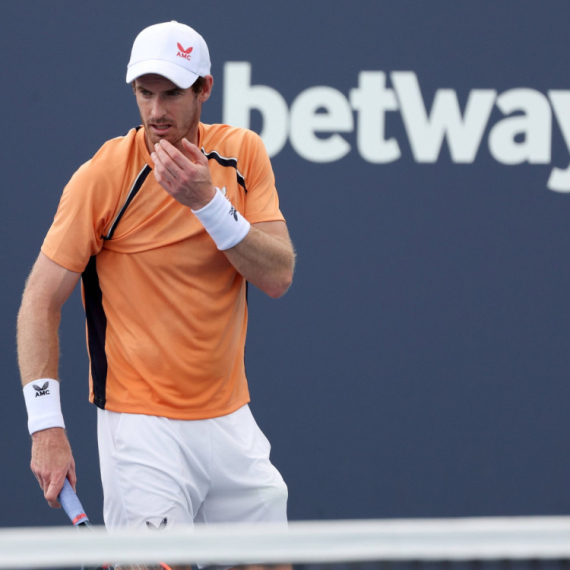
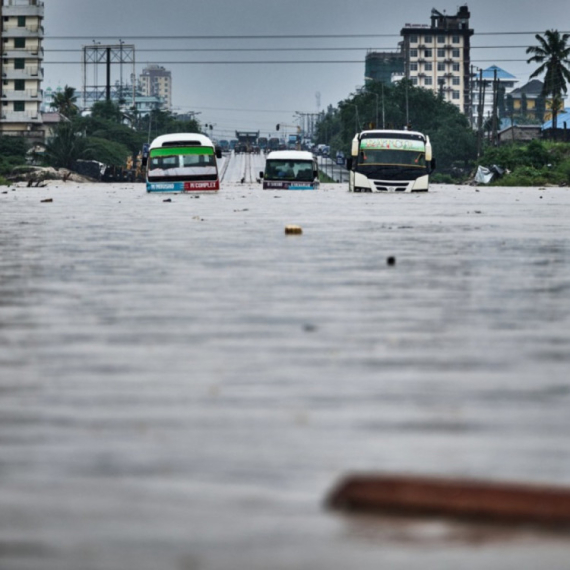
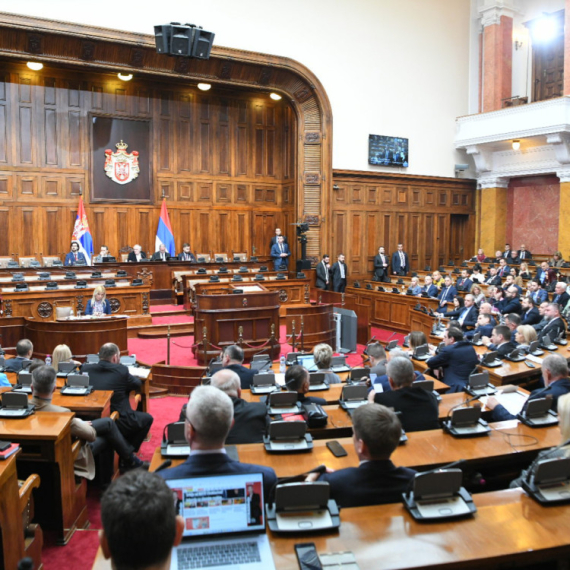

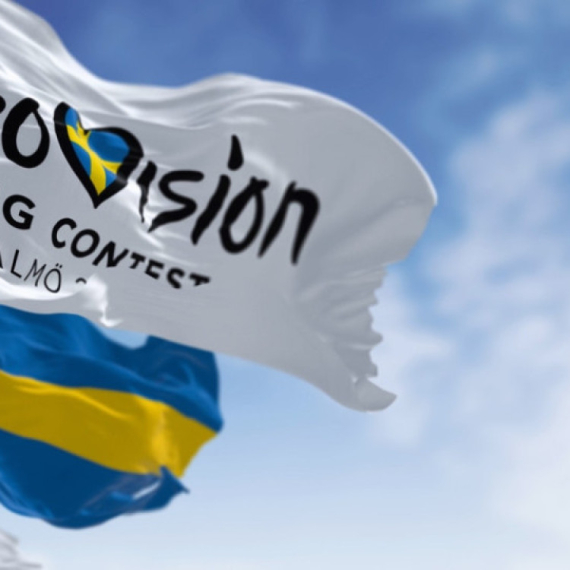
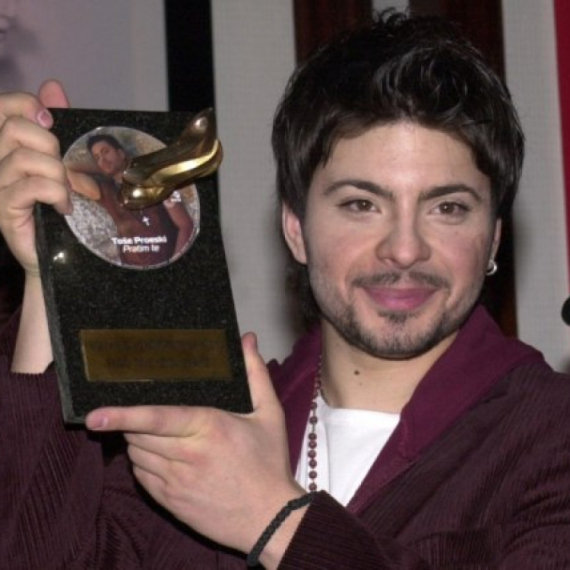









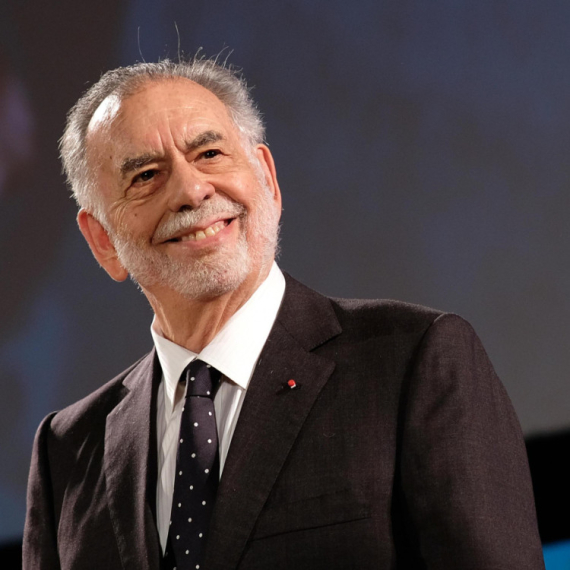


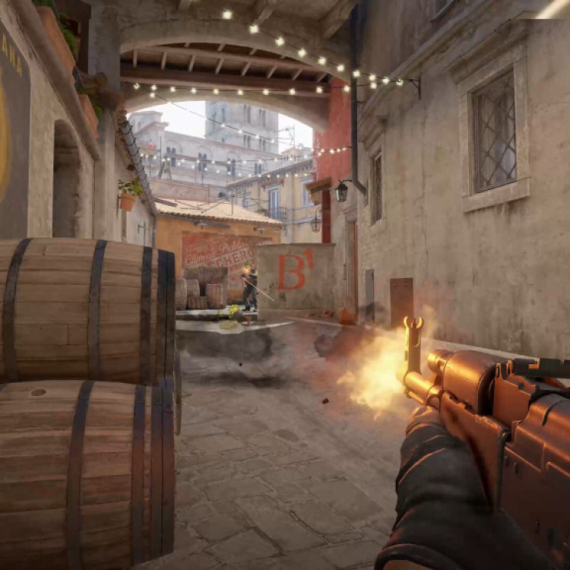
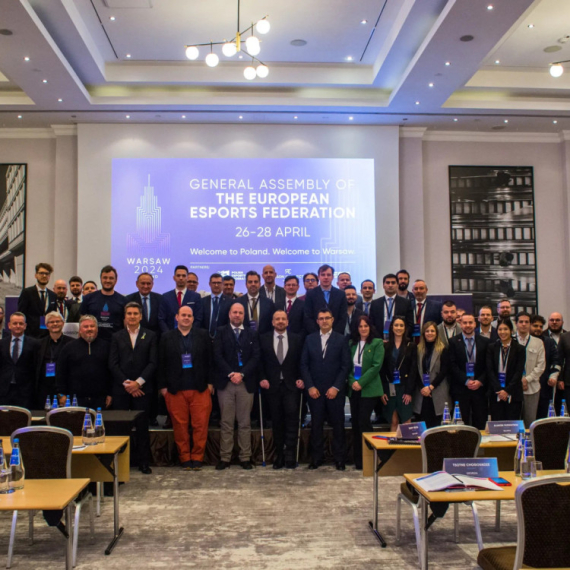
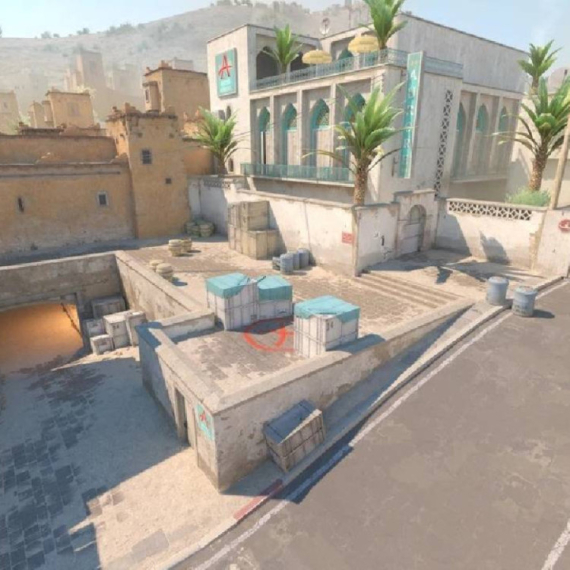


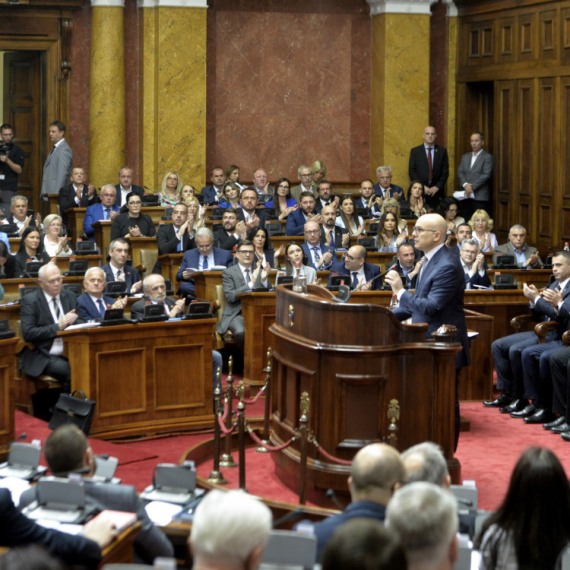


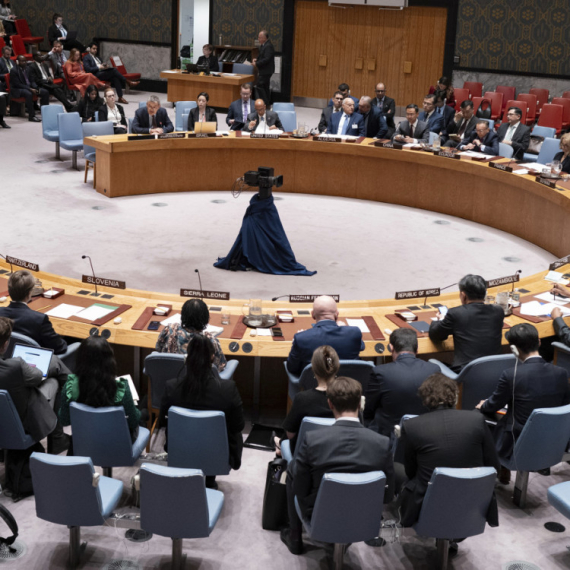
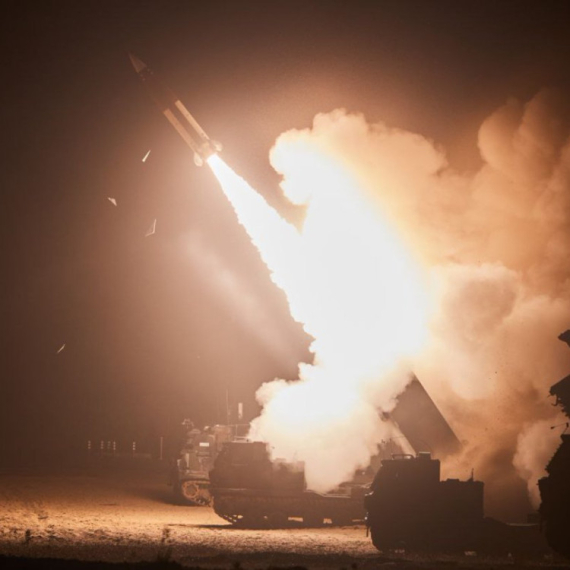




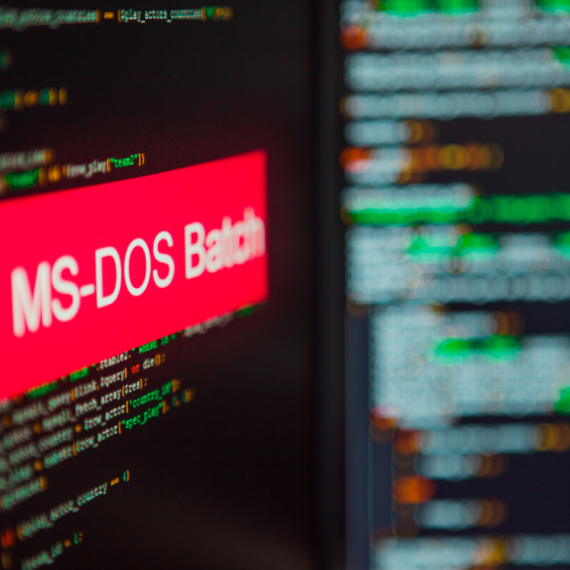

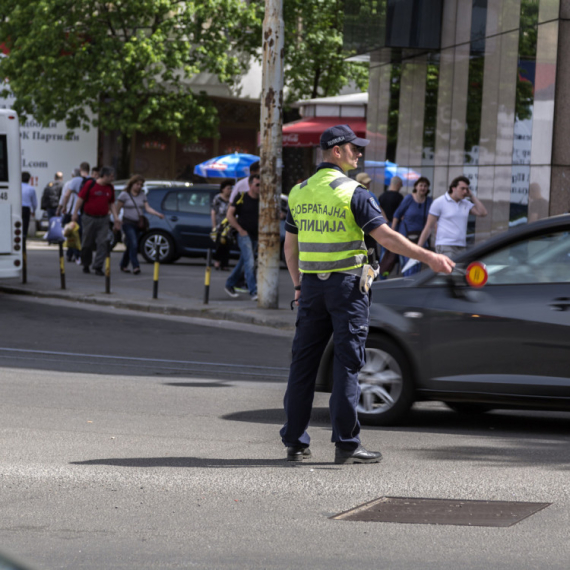




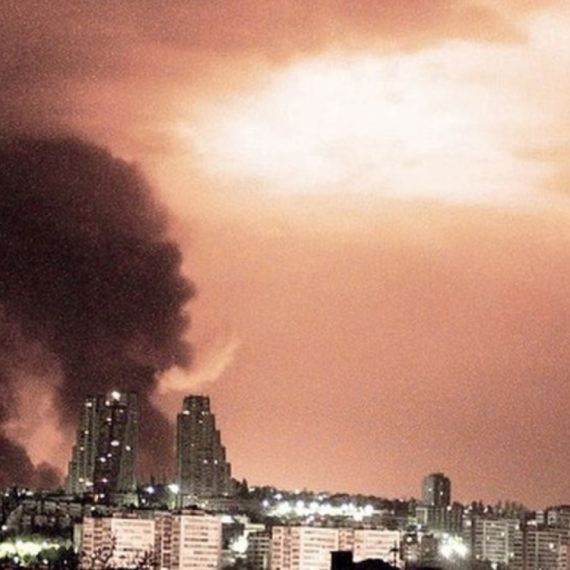
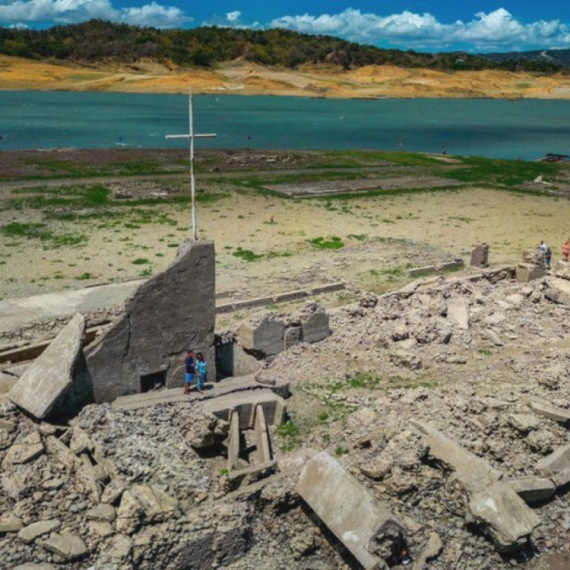
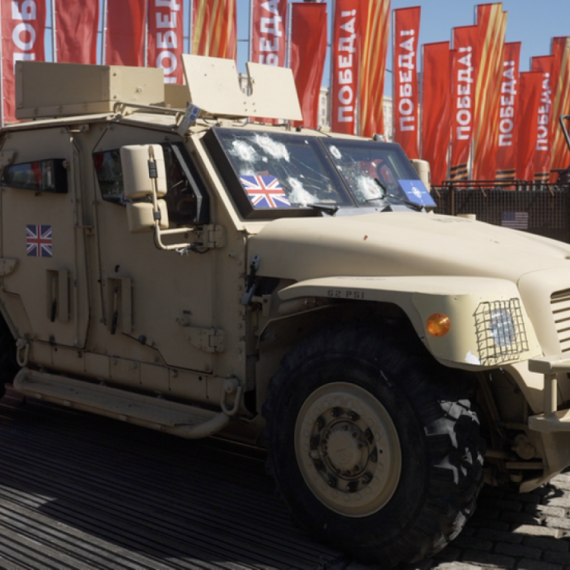


Komentari 2
Pogledaj komentare